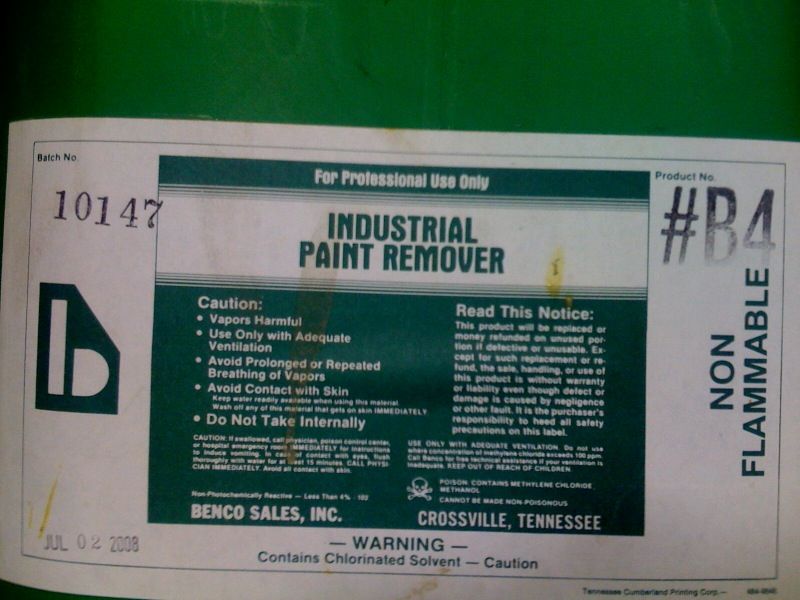Question
I'm confused with the whole "burn in" or "melt together" idea with lacquers. I've always been told, and operated under the assumption, that catalyzed lacquers (including pre-cat versions) don't burn in or melt together. Is this true or false, or somewhere in between? I'm tired of a certain competitor of mine using this logic to tell people that I'm overpriced because I strip everything down on refinish projects.
Forum Responses
(Finishing Forum)
From contributor J:
Well, next time you're going to recoat, take some thinner on a rag and see if it melts the lacquer - that's your answer. (I'm sure it will.)
These coatings act mainly like a regular nitro lacquer when first applied, and as they dry, the cross-linking of the secondary resins (normally alkyd amino resins) with the weak acid catalyst (normally a phosphorous type acid) begins to take over with its characteristics and coating enhanced properties (better solvent/water/other film enhancing qualities).
Once the coating has reached this stage, it no longer acts as the freshly applied coating did. It will not function like a true nitro lacquer in its ability to re-melt or re-liquefy and become one homogeneous indistinguishable film.
It may still be able to be dissolved by applying lacquer thinner or lacquer solvents (depending on the amount of secondary amino/alkyd resin content and catalyzation that has taken place), but unlike a true nitro lacquer, it will usually not become instantaneously liquefied in the same manner. It usually takes a minute or more to see this take place to whatever degree.
A simple test is to apply one drop of normal lacquer thinner to the horizontal surface and count to five - pick the solvent up by rubbing the tip of your finger across it. If it looks like a portion of the film has been removed by wiping the melted portion away and leaving an indentation in the surrounding surface, it is a true nitro lacquer. If not, it's most likely a cat lacquer of some kind, or a very old nitro finish that would need more time to show it.
What you wiped up with your finger will also tell you for sure if it's lacquer. As it dries it will become sticky if pressed between your finger and thumb; it will let you know that you have picked up more than the thinner alone.
You may also see that the longer the thinner is left on or reapplied, wrinkling is taking place. If it is a cat lacquer, rather then just the re-liquefying action, this happens if the coating is kept wet long enough to affect the secondary resins in the film. Of course no one wants this to happen, because it would mean having to strip and redo the finish, and it usually will not happen if the coating being applied over it has limited slow evaporating solvents within the solvent blend. That's why it is not seen very often.
Of post-cats, the same chemistry is present but in a much higher degree - more secondary resins and a stronger catalyst (usually the sulphonic type). The conversion process from lacquer status to alkyd amino status is much stronger and quicker and leaves virtually no real degree of reversal by lacquer solvent action once fully cured.
The fine points can be argued among chemists, but this is really the bottom line for the end users. Your competitor is not totally wrong, but by recoating older finishes, he's taking on a higher degree of liability than someone who does the job the correct way, stripping and applying new material with known results.
Older finishes have in common this: most of their service life has already been used up, and a new fresh finish over them cannot take away this fact. The new finish over the old one in no way revives the old finish, and the new will forever be fighting a timeline it cannot win. Eventually the weaker old coating underneath it will fail, and then the new will fail earlier than it would have, had it been done correctly from the start.
Still, it is always proper to check with the individual makers of the products you're using to know all the ins and outs.
